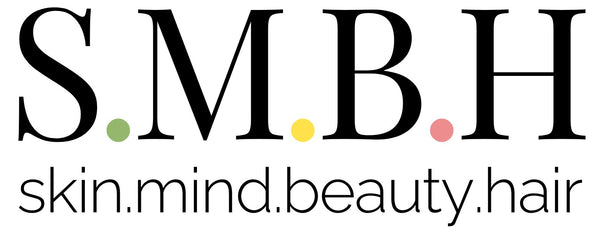The sun might feel warm and inviting, but beneath its golden rays lurks a hidden danger: ultraviolet (UV) radiation. While moderate sun exposure offers some benefits like vitamin D synthesis, excessive sun exposure leads to sunburn, premature aging, and significantly increases the risk of skin cancer. This blog delves into the risks of sunburn, the importance of sunscreen, and explores the science behind the two main types of sunscreens: physical and chemical.
The Sting of Sunburn: Understanding the Damage
Sunburn is the body's inflammatory response to excessive UV radiation exposure. UV rays penetrate the skin's layers, damaging cells and disrupting DNA. This damage manifests as redness, pain, swelling, and even blistering. While the discomfort eventually subsides, the underlying damage is more concerning.
Here's a closer look at the risks associated with sunburn:
- Premature Aging: Sun exposure breaks down collagen and elastin, the fibers responsible for skin's plumpness and elasticity. This leads to wrinkles, fine lines, and leathery skin.
- Increased Risk of Skin Cancer: Repeated sunburns, especially in childhood and adolescence, significantly increase the risk of developing various skin cancers, including melanoma, the deadliest form.
- Weakened Immune System: Sunburn suppresses the immune system, making you more susceptible to infections.
Sunscreen: Your Essential Shield
Sunscreen acts as a protective barrier, absorbing or reflecting UV radiation before it can damage your skin. Here's why sunscreen is a crucial element of sun protection:
- Reduces Sunburn Risk: By absorbing or reflecting UV rays, sunscreen significantly reduces the risk of sunburn and its associated discomfort.
- Protects Against Skin Cancer: Regular sunscreen use is linked to a decreased risk of developing various skin cancers.
- Preserves Youthful Skin: Sunscreen helps minimize collagen breakdown, slowing down the signs of premature aging.
Choosing Your Weapon: Physical vs. Chemical Sunscreens
Sunscreens come in two main categories: physical and chemical. Understanding their differences helps you choose the best option for your needs.
-
Physical Sunscreens: These sunscreens contain mineral ingredients like zinc oxide and titanium dioxide. They sit on the surface of the skin, reflecting UV rays like a shield.
- Pros: Broad spectrum protection, less likely to irritate sensitive skin, effective immediately upon application.
- Cons: Can leave a white cast on the skin, especially with higher SPF formulas, can feel thicker and greasier than chemical sunscreens.
-
Chemical Sunscreens: These sunscreens contain organic compounds that absorb UV radiation and convert it into heat, which is then released from the skin.
- Pros: Generally lighter and feel less greasy on the skin, less visible on application.
- Cons: May take 15-30 minutes to become fully effective, some ingredients can irritate sensitive skin.
Choosing the Right Sunscreen:
The best sunscreen for you depends on your skin type, activity level, and personal preference. Here are some additional factors to consider:
- SPF (Sun Protection Factor): SPF indicates the level of protection against UVB rays, the primary rays that cause sunburn. Choose an SPF of 30 or higher for daily use, and SPF 50+ for extended sun exposure or activities like swimming or snow sports.
- Broad Spectrum: Look for a sunscreen labeled "broad spectrum" to ensure protection against both UVA and UVB rays. UVA rays contribute to premature aging and also play a role in skin cancer.
- Water Resistance: If you'll be sweating or swimming, choose a water-resistant sunscreen. Reapply according to the label instructions, typically every two hours or more frequently if sweating or swimming.
Sun Safety Beyond Sunscreen:
Sunscreen is a vital component of sun protection, but it's not the only line of defense. Here are some additional sun safety tips:
- Seek Shade: During peak sun hours (10 am to 4 pm), seek shade whenever possible.
- Cover Up: Wear protective clothing like long-sleeved shirts, pants, wide-brimmed hats, and sunglasses.
- Be Sun Aware: Check the UV index daily to gauge the sun's intensity and adjust your sun protection accordingly.
By understanding the risks of sunburn and the benefits of sunscreen, you can make informed choices to protect your skin from the sun's harmful rays. Remember, sun safety is a lifelong practice. Make it a habit to incorporate these tips into your daily routine for a healthier and younger-looking you.

